Welcome to this intervallic tapping webisode! In this quick lick lesson we’re going to use big intervallic sounds with chord extensions to create a tapped arpeggio sequence.
In this intervallic tapping lesson we’ll be in the key of A Major. That’s the notes A B C# D E F# G#. We’ll also be tapping the extensions Add 9 and Add 11. In addition we’ve included a bonus extended lick in the downloadable tab book as well. You can download the tab now or read the lesson first and then download the tab at the bottom.
Some Helpful Theory – Add Chords
Add chords are simply major triads with an additional 9th note added in. A 9th is actually the 2nd note of the scale. In this example our A Major triad is the notes A C# E. To make it A Add9 we add the B note into the mix. You may be wondering why this is considered an Add chord and not a major 9.
Because there is no 7th scale degree, this is considered an Add arpeggio. However, A Major 9 would contain the notes A C# E B and G#.
Add 11 chords uses the same idea. An 11th is simply the 4th note of the scale. In this example A Add 11 is the notes A C# E D.
Inversions
An inversion is simply the notes of the arpeggio in a different order. In this example this tapped arpeggio begins on the note E as opposed to the root note A. This would be considered the 2nd inversion.
The Intervallic Tapping Lick – T2 & T3 Taps
To make this lick easy and cover lots of the neck we’ll repeat each pattern in octaves. There will be two different shapes with the tapping hand. Instead of more traditional ‘eruption’ type tapping we’ll be using our middle and ring fingers on our tapping hand to execute the lick. T2 refers to your middle finger and T3 refers to your ring finger.
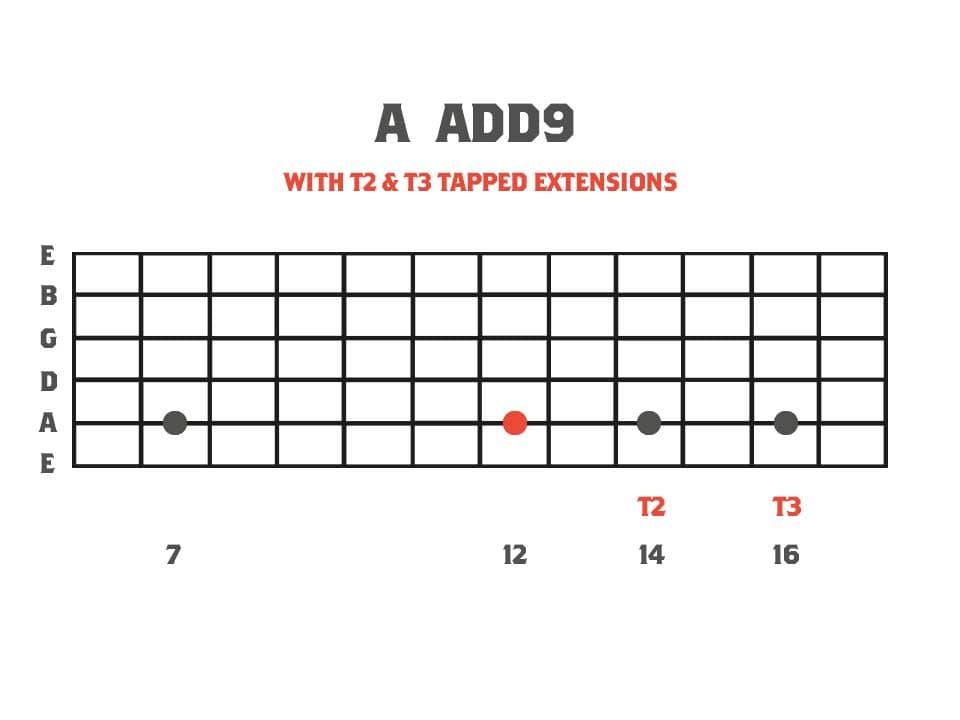
Advanced Multi Finger Intervallic Tapping
Execute these T2 & T3 in the same way you would hammer on notes with your fretboard hand. Tap onto the note with your middle finger and then tap the next note with your ring finger in a hammer on type approach. If your not used to this type of advanced tapping, this lick is perfect for getting comfortable with this technique.
Use this shape shown below to play up and down on any string at any position on the neck. As a result you’ll soon understand how much tapped attack you need to execute this type of intervallic tapping.
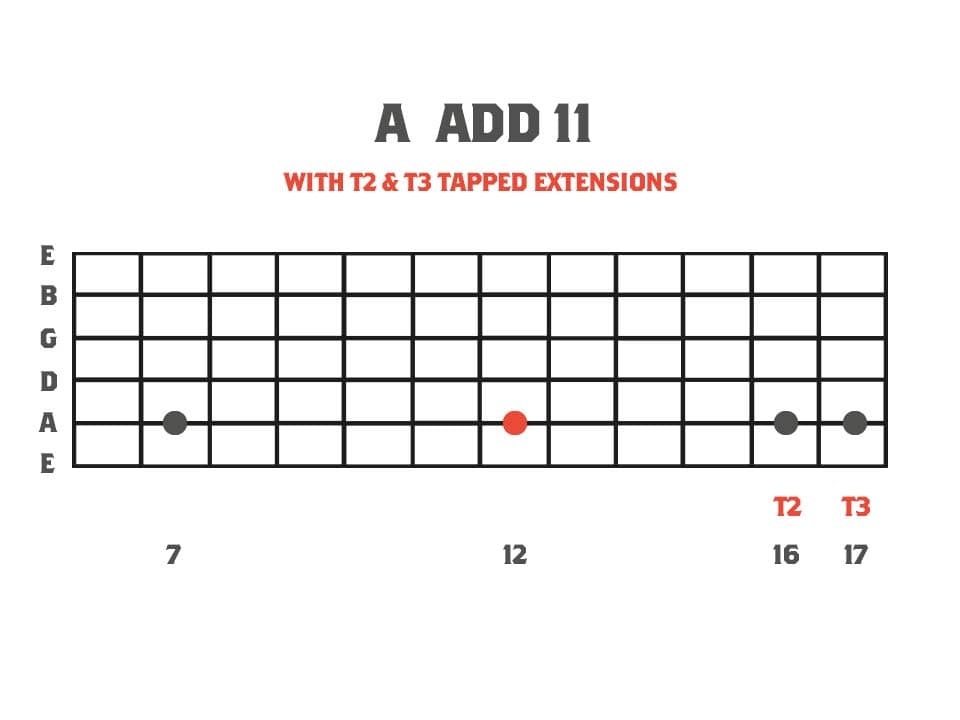
Second Octave
We now jump up to the G string on fret fret 9. The shapes remain exactly the same just an octave higher.
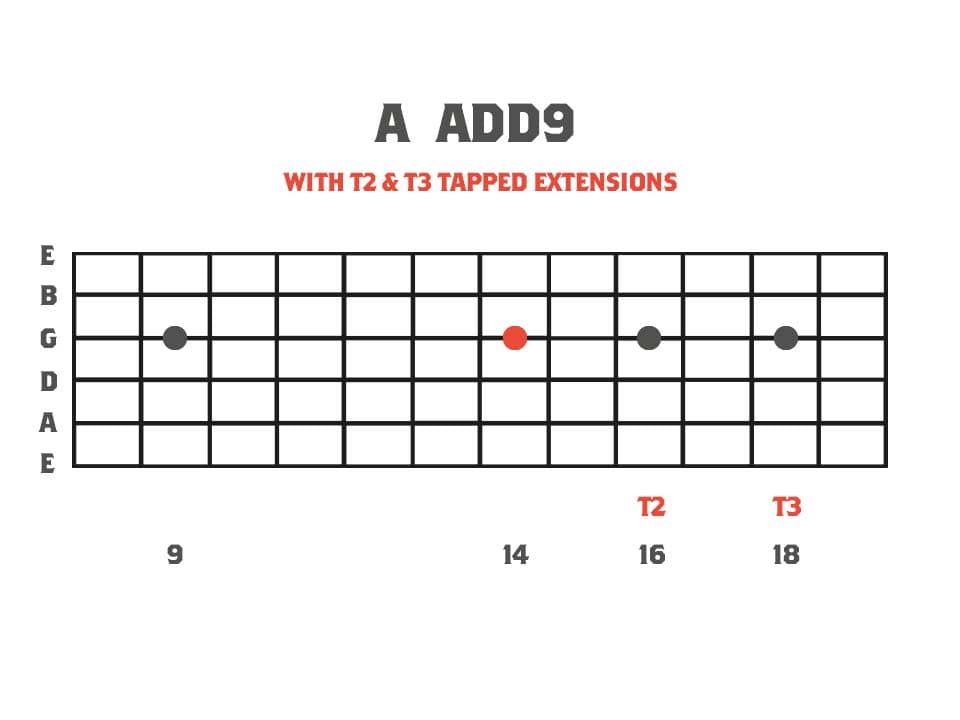
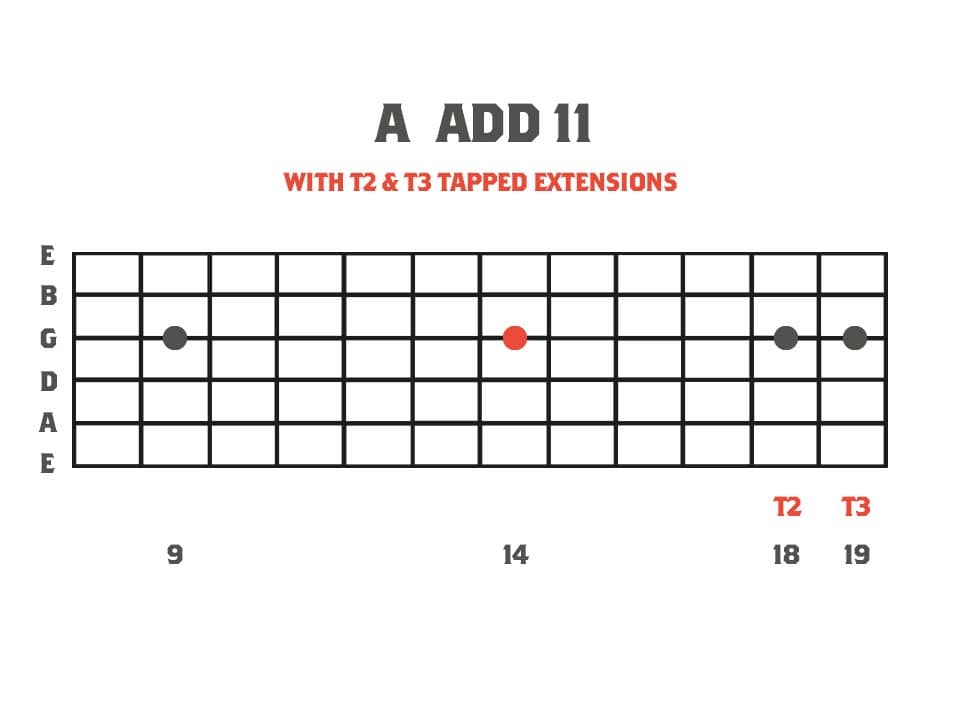
Third Octave
The last octave can be quite a jump because you’ll have to move up two frets instead of one onto the high E string.
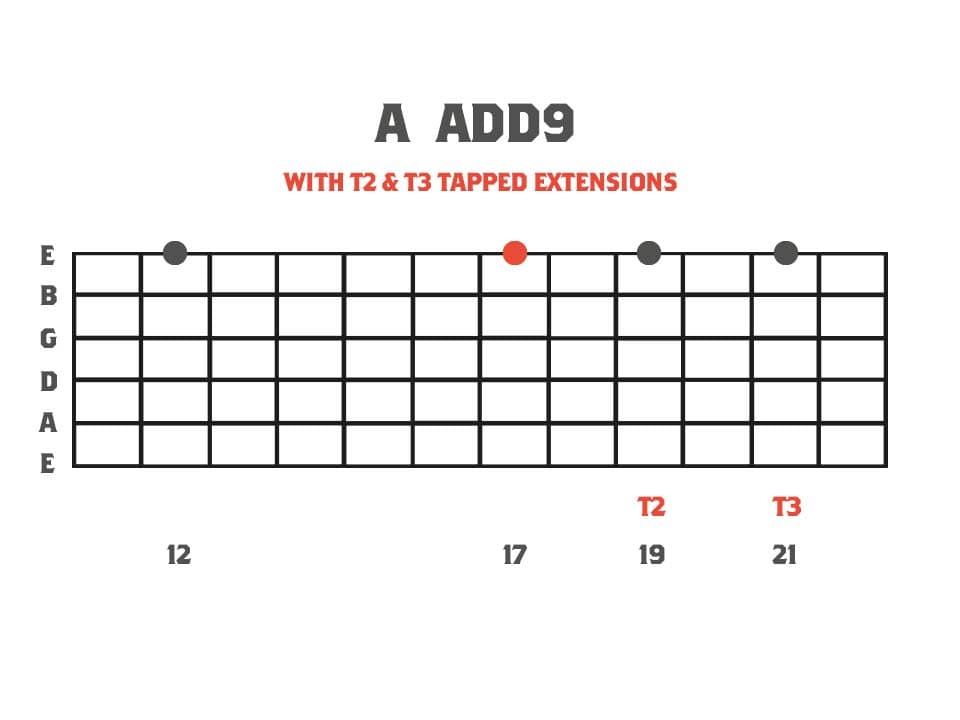
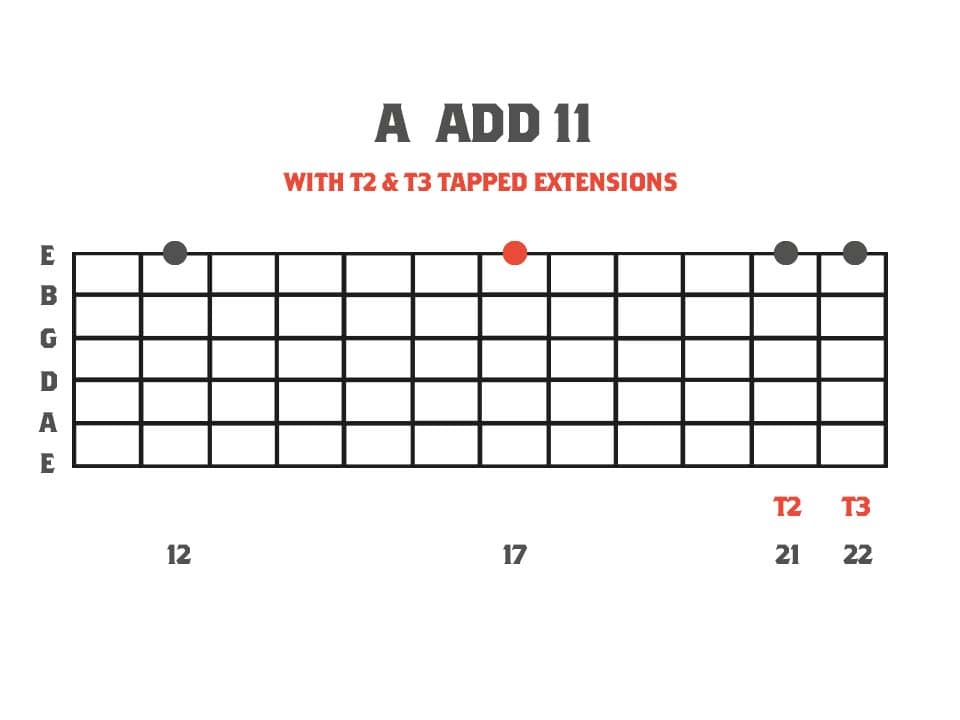
Desc-ending Arpeggio
You can bring this intervallic tapping sequence to a resolution by descending this second inversion sweep picked arpeggio.
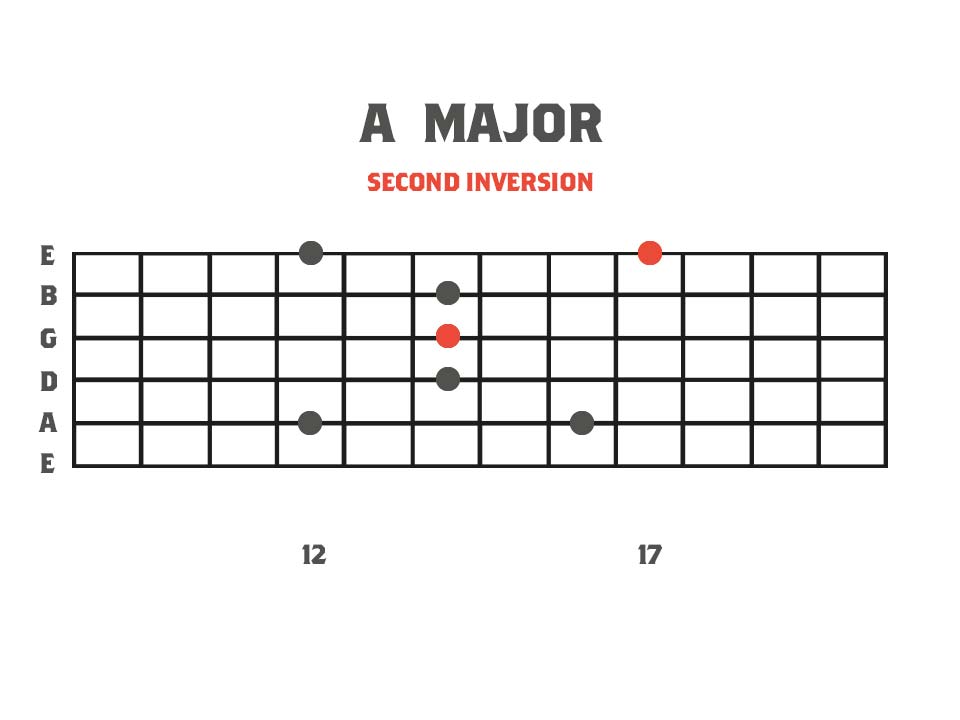
Download The eBook – Become A Strings of Rage™ Syndicate Member!
We’ve put this lesson into a single resource that contains all the diagrams, theory and tab from this lesson so you can learn these concepts properly in your own time.
Head over to our Patreon page and join one of our Strings of Rage™ Syndicate Membership tiers to unlock. All memberships help us to create better quality lessons and are helping us to craft a unique online learning experience. Thanks for the support!
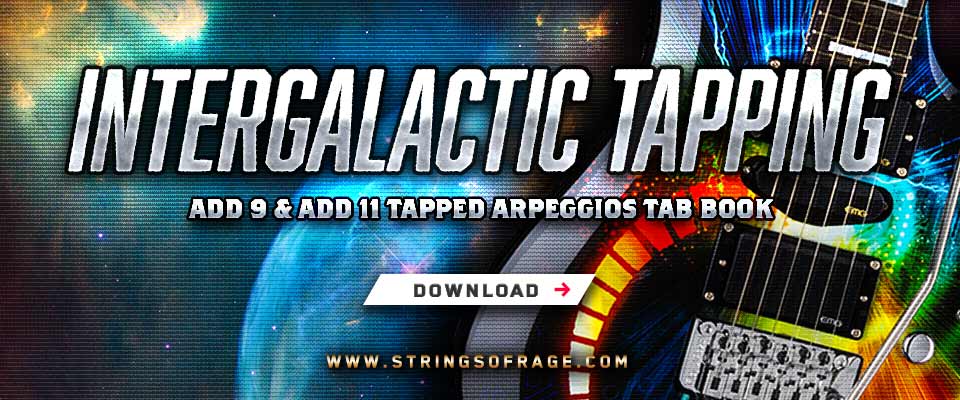
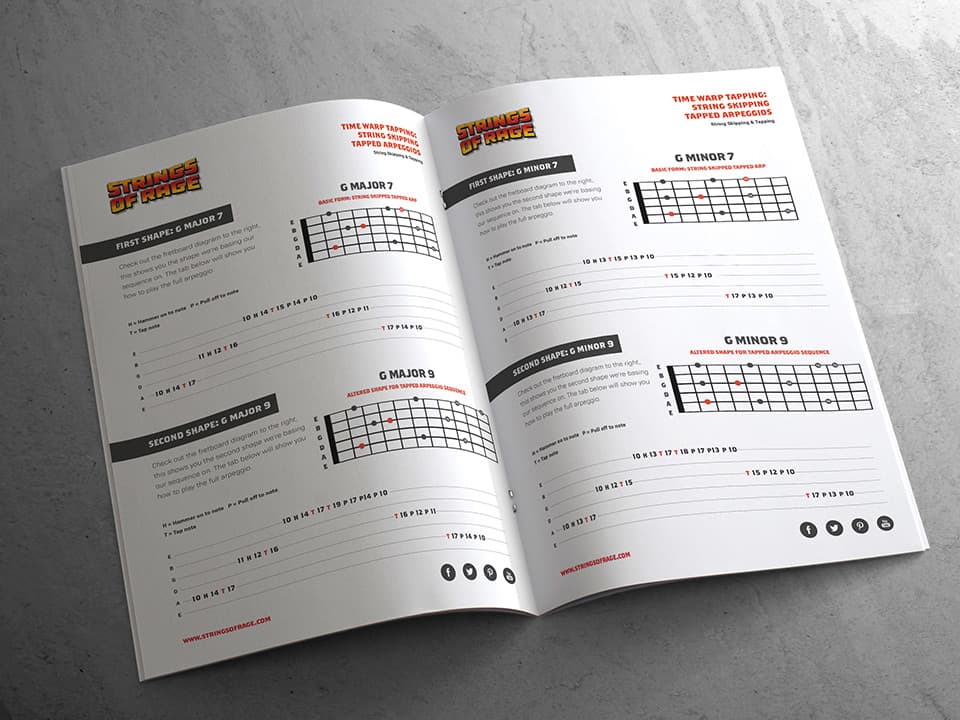


Footnote: The guitar featured in the cover image of this post is the ‘Speed of Light’ made by Dean Guitars USA for Michael Angelo Batio

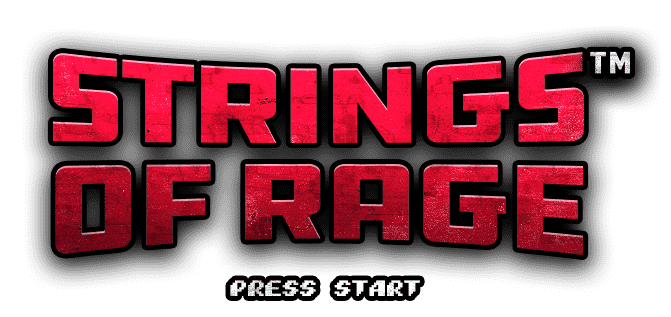
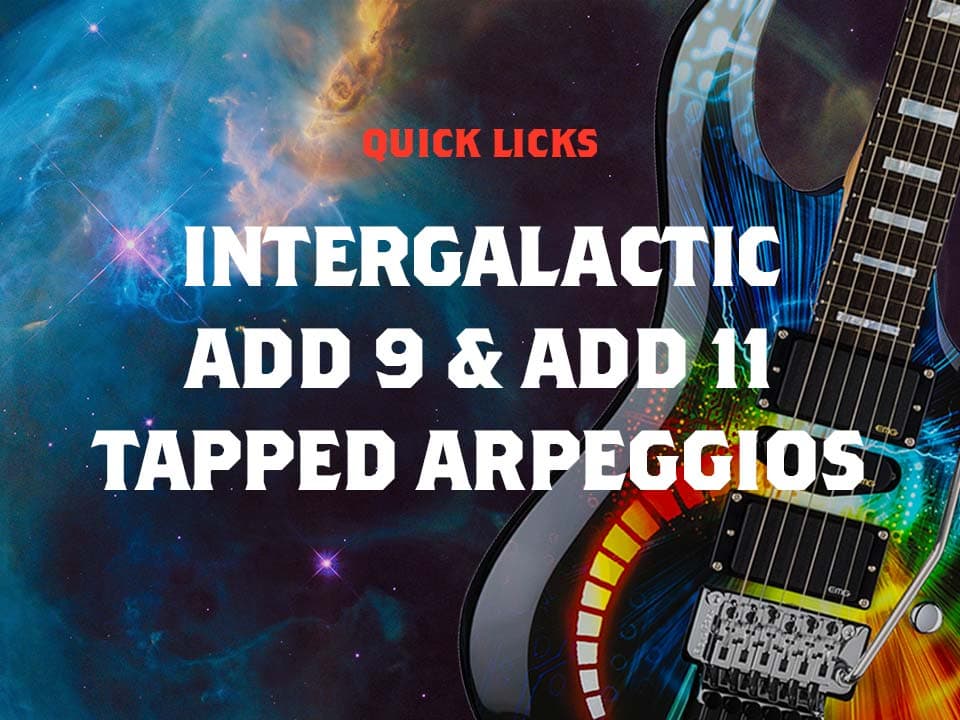
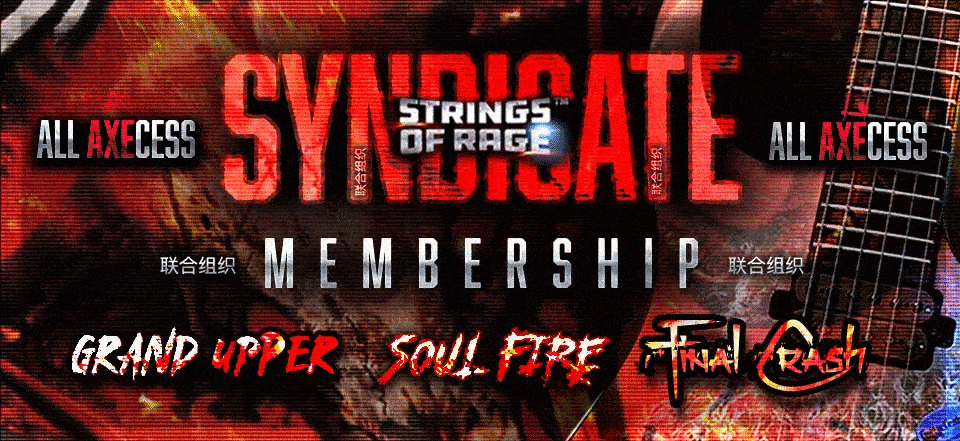









No Comment